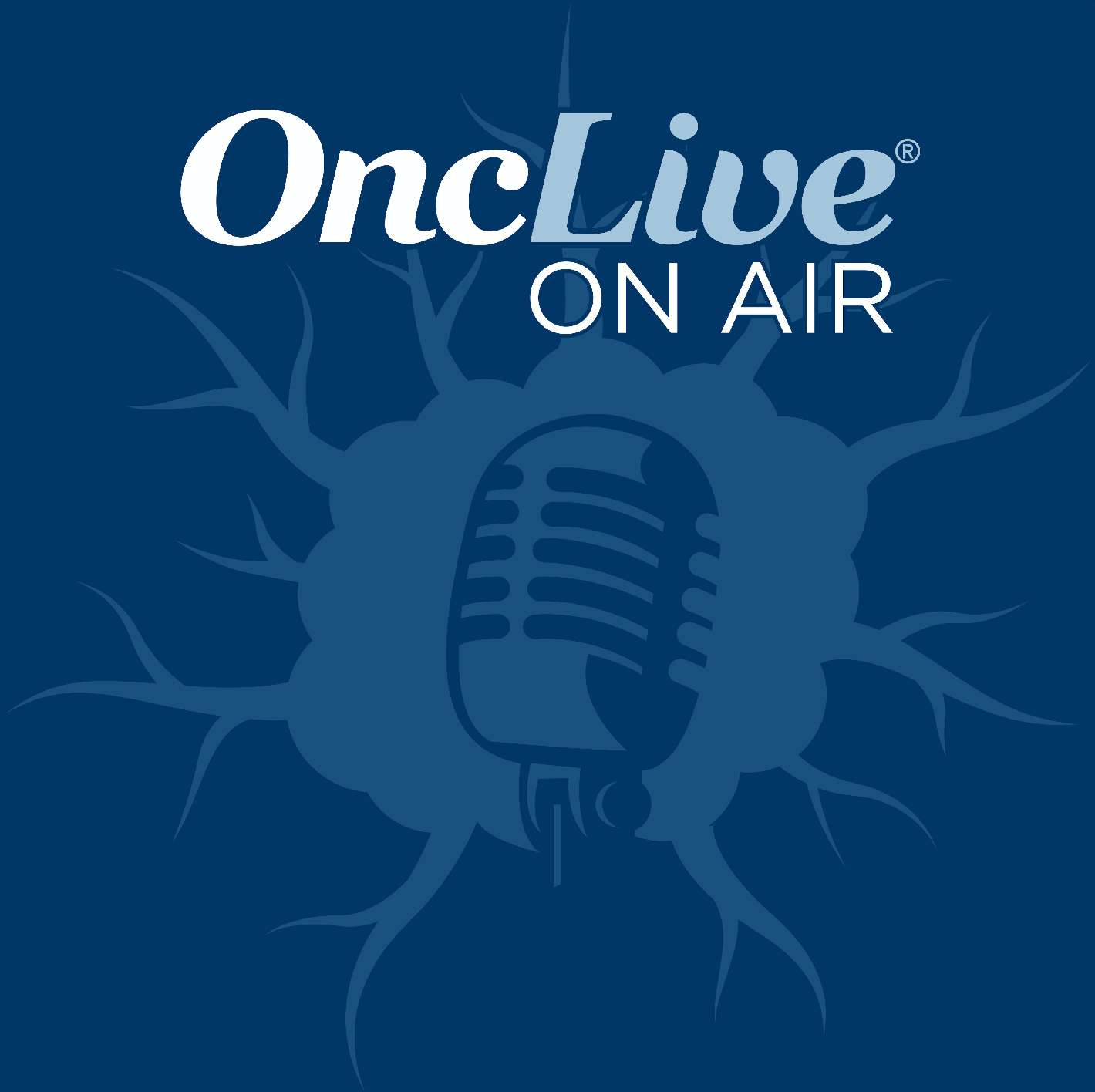Article
Japanese Approval Sought for Oncolytic Virus Teserpaturev for Malignant Glioma
Author(s):
January 5, 2020 - A new drug application has been submitted to Japan’s Ministry of Health, Labour, and Welfare for the oncolytic virus teserpaturev for use in the treatment of patients with malignant glioma.

A new drug application has been submitted to Japan’s Ministry of Health, Labour, and Welfare (MHLW) for the oncolytic virus teserpaturev (G47∆; formerly DS-1647) for use in the treatment of patients with malignant glioma.1
The submission is based on data from a single-arm phase 2 clinical trial, which was found to meet its primary end point for 1-year survival rate in patients with residual or recurrent glioblastoma.
Oncolytic viruses are either genetically engineered or naturally occur; they are able to selectively replicate in, and eliminate, cancer cells without impacting normal tissues.2 Unlike gene therapy, where a virus serves as a carrier for transgene delivery, this therapeutic approach utilizes the virus itself as an active drug reagent.
A triple-mutated, third-generation oncolytic herpes simplex virus type 1, teserpaturev was developed by Tomoki Todo, MD, professor at the Institute of Medical Science of the University of Tokyo, along with his colleagues. The therapy was designed to enhance antitumor activity without while preserving the safety of the G207 genome; it primarily does this by strengthening the ability to induce specific antitumor immunity.
Teserpaturev has been shown to possess a stronger replication ability with higher antitumor activity than G207. Specifically, the treatment was found to be effective in all in vivo solid tumor models that had been evaluated, including glioma, breast cancer, prostate cancer, schwannoma, nasopharyngeal carcinoma, hepatocellular carcinoma, colorectal cancer, malignant peripheral nerve sheath tumor, and thyroid carcinoma. Moreover, the therapy was also found to effectively eliminate human glioblastoma–derived cancer stem cells.
The therapy is the first of its kind to have been evaluated in humans as part of a phase 1-3a Japanese study that was conducted in patients with recurrent glioblastoma. Following the trial’s completion in 2014, an investigator-initiated phase 2 trial was subsequently launched the following year, and this effort was focused on examining teserpaturev in patients with residual or recurrent glioblastoma (UMIN000015995). Patients received teserpaturev via a stereotactic injection of 1 × 109 pfu into the brain twice weekly and then every 4 weeks for a maximum of 6 doses.
In February 2016, the MHLW granted teserpaturev a “Sakigake” breakthrough therapy designation, which provides the agent with the opportunity to undergo early evaluation and priority review by the Pharmaceutical and Medical Devices Agency of Japan with the intention of putting the drug on a fast track for regulatory approval. In 2017, the agent received an orphan drug designation, as well.
Beyond the trials conducted in glioblastoma, teserpaturev has also been evaluated in an earlier, single-arm, phase 1 trial (UMIN000010463) in patients with castration-resistant prostate cancer. Here, patients received the therapy via injection at a dose of 3 × 108 pfu into the prostate via a transrectal ultrasound-guided transperineal approach.
Dose escalation was evaluated in 3 patient cohorts. In the first cohort, patients were administered teserpaturev twice, while the second and third cohorts received it 3 times and 4 times, respectively.
The therapy was reported to be well tolerated. Moreover, to date, no severe toxicities have been reported with the approach. The agent is also under evaluation in a phase 1 trial (UMIN000011636) that is being done in patients with recurrent olfactory neuroblastoma.
Daiichi Sankyo, the drug developer, shared that they will continue to collaborate with the University of Tokyo and regulatory authorities to expedite the development of teserpaturev in a safe manner to provide the first potential oncolytic virus therapy for patients in Japan who have malignant gliomas and require novel therapeutic options.
References
1. Daiichi Sankyo submits application for oncolytic virus teserpaturev (G47∆) for treatment of patients with malignant glioma in Japan. News release. Daiichi Sankyo. January 5, 2021. Accessed January 5, 2021. http://bit.ly/3oh4Jxm.
2. Fukuhara H, Ino Y, Todo T, et al. Oncolytic virus therapy: a new era of cancer treatment at dawn. Cancer Sci. 2016;107(10):1373-1379. doi:10.1111/cas.13027









